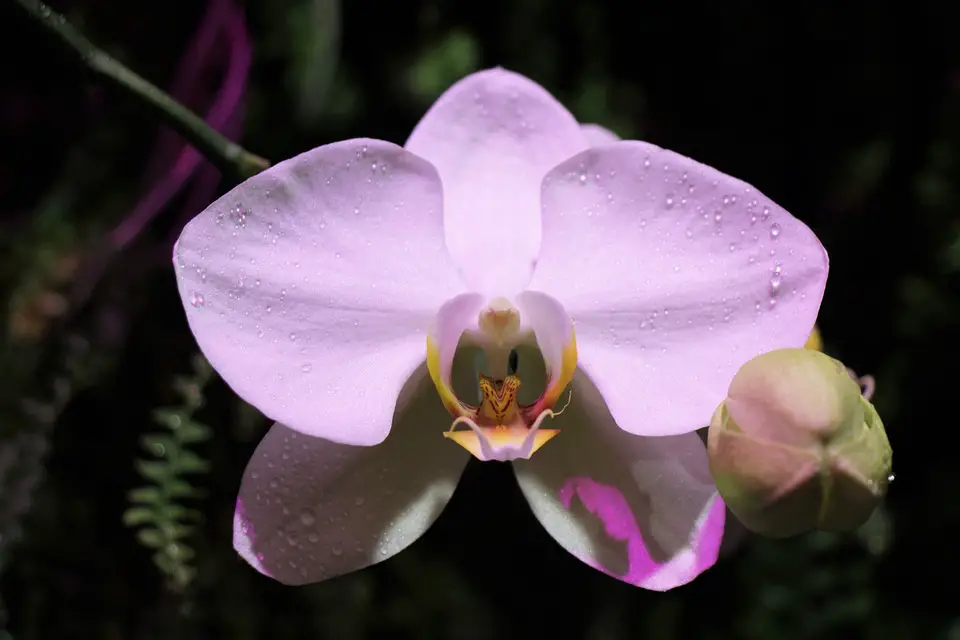Introduction
Greenhouse gardening is a wonderful way to cultivate fresh and healthy produce throughout the year, regardless of
the weather conditions outside. With the help of modern technology and the controlled environment a greenhouse
provides, you can grow a wide variety of plants and enjoy the benefits of homegrown food regardless of the
season. In this article, we will explore the benefits, techniques, and considerations of greenhouse gardening.
The Benefits of Greenhouse Gardening
Greenhouse gardening offers numerous advantages over traditional outdoor gardening. Some of the key benefits
include:
- Year-round gardening: With a greenhouse, you can extend the growing season by months or even
grow plants all year round. - Protection from the elements: Greenhouses shield your plants from extreme weather conditions
such as heavy rains, frost, and hailstorms. - Pest and disease control: The controlled environment inside a greenhouse helps reduce the
risk of pests and diseases, as well as providing an opportunity to implement organic pest control methods. - Better plant quality: By controlling temperature, humidity, and light, greenhouse gardening
allows for optimal plant growth, resulting in healthier and more productive plants. - Optimal growing conditions: With a greenhouse, you have control over factors such as
temperature, humidity, and light intensity, allowing you to create ideal conditions for different plant
species.
Choosing the Right Greenhouse
When it comes to selecting a greenhouse, you have various options to consider, including:
- Size: Determine the size of the greenhouse based on the available space and the number of
plants you want to grow. - Structure: Choose between traditional glass or modern polycarbonate greenhouses. Glass
provides better light transmission, while polycarbonate is more durable and insulating. - Frame material: Consider the frame material options such as aluminum, wood, or PVC, each
offering different benefits in terms of durability, maintenance, and cost. - Accessories: Look for additional features like ventilation systems, automatic watering
systems, and shading options to enhance the functionality and efficiency of your greenhouse.
Preparing the Greenhouse
Once you have chosen the right greenhouse, it’s important to properly prepare it for optimal plant growth. Some
key steps include:
- Cleaning: Start by cleaning the greenhouse, removing any debris, weeds, and potentially
harmful pests before introducing your plants. - Insulation: Insulate the greenhouse using bubble wrap or greenhouse insulation to maintain
a consistent temperature during colder months. - Shelving and layout: Install appropriate shelving or tables to maximize the use of space
inside the greenhouse and plan the layout to ensure adequate access to plants and efficient use of resources. - Irrigation and drainage: Set up the irrigation system and ensure proper drainage to prevent
waterlogging and root diseases. - Monitoring and control: Install a thermometer, hygrometer, and light meter to monitor the
environmental conditions and make adjustments as needed.
Selecting Plants for Greenhouse Gardening
Choosing the right plants for your greenhouse depends on various factors including:
- Climate: Select plants that thrive in your local climate and adjust the greenhouse
environment accordingly. - Personal preferences: Grow the fruits, vegetables, herbs, and flowers that you and your
family enjoy consuming or decorating with. - Space: Consider the size and growth habits of the plants to ensure they fit comfortably
within the available space in your greenhouse. - Growing season: Opt for plants with varying growth rates and harvest times to maintain a
continuous supply of fresh produce throughout the year.
Greenhouse Gardening Techniques
To make the most of your greenhouse gardening experience, you can implement the following techniques:
- Temperature control: Use heaters, fans, and ventilation to maintain the optimal temperature
range for different plants. - Humidity control: Adjust the humidity level inside the greenhouse using misting systems,
watering schedules, and proper ventilation. - Lighting: Supplement natural light with grow lights to ensure sufficient light levels during
cloudy days or shorter winter days. - Watering and feeding: Develop a watering and feeding schedule to provide plants with the
nutrients they need for healthy growth. - Pest and disease management: Regularly inspect plants for signs of pests or diseases and
take preventive measures such as biological controls or organic sprays.
Maintaining a Greenhouse Garden
To keep your greenhouse garden in peak condition, consider the following maintenance tasks:
- Cleaning: Regularly remove debris, fallen leaves, and dead plants to maintain cleanliness
and prevent the spread of diseases. - Ventilation: Check and clean ventilation systems to ensure proper air circulation and
minimize the risk of fungal or mold growth. - Inspecting for damage: Regularly inspect the structure for any signs of wear, tear, or
damage, and repair or replace parts as needed. - Upkeep of equipment: Service and maintain gardening tools, irrigation systems, and other
equipment to ensure they operate efficiently. - Crop rotation: Practice crop rotation to prevent the buildup of pests and diseases in the
soil, improving overall plant health.
FAQs
Q: How much does a greenhouse cost?
A: The cost of a greenhouse can vary depending on its size, materials, and additional features. On average, a
small greenhouse can cost around $500 to $2000, while larger and more elaborate models can exceed $10,000.
Q: Do I need a professional to install a greenhouse?
A: While some greenhouses can be DIY projects, larger or more complex structures may require professional
installation to ensure proper assembly and stability.
Q: Can I grow all types of plants in a greenhouse?
A: While a greenhouse provides an ideal growing environment for many plants, there are certain species that may
not thrive or require specific conditions that are challenging to replicate. It’s best to choose plants that are
well-suited to greenhouse gardening or seek advice from local experts.
Q: How can I control pests organically in my greenhouse?
A: Organic pest control in a greenhouse can involve measures such as introducing beneficial insects, using
sticky traps, releasing nematodes, or applying organic sprays made from natural ingredients like




